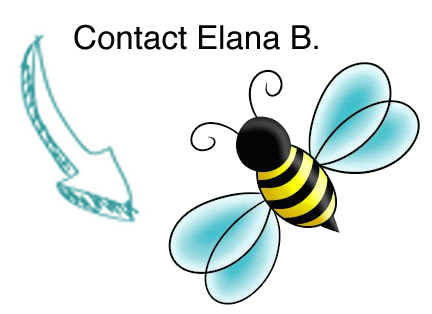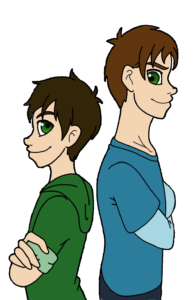Our good friend Crista Nezhni sent us another guest post about addiction and substance abuse. If you missed them, you can see her past guest posts about the importance of pets for children, assertive communication, and managing holiday stress by clicking these links.
Signs a Person May Need Substance Abuse Treatment

Almost everyone has been affected by substance abuse by the time they reach adulthood. Some have experienced this widely spreading problem directly, while others have only been exposed to it indirectly. It can be very difficult to admit that someone you care about has been using or drinking more than is good for him or her. It’s even harder to admit if you are that ‘someone.’ In turn, this often leads to enabling behaviors which can decrease the likelihood of an individual in active addiction from seeking substance abuse treatment.
These disorders not only directly affect adults; many individuals are experimenting with addictive substances such as drugs and alcohol as teenagers or pre-teens.
It can be difficult to identify whether a person is addicted or ‘just experimenting.’ Many people do not know what signs to look for to identify whether someone is under the influence. Other times, behavioral symptoms are blamed on puberty or other reasons. In order to help you identify an individual who may need substance abuse treatment, here are some common signs to look out for.
Common Signs of Addiction
- Missing school or work. The individual currently misusing substances may leave early, get to his or her destination late, or not show up at all.
- Pulling away from others. He or she may switch ‘friends’ abruptly or suddenly seem to have a lack of a social life. Others may go out more often as the substances may ‘help’ to combat shyness. The choice substance, or substances, begin to become the individual’s best friend.
- Hygiene changes. A lower frequency of bathing, brushing teeth, changing clothes, using makeup, or wearing deodorant can indicate a deeper issue.
- Lack of interest in sports, hobbies, or other activities. Just as how a vice can replace individuals in the eyes of a person in need of substance abuse treatment, that same vice can also become that person’s only hobby. A lot of energy can be exerted finding, hiding, taking, and pretending one isn’t using a substance.
- Mood changes. This one is very easy to blame on puberty, but more extreme mood swings can be a sign of trouble.
- Pupil size changes. Some mood-altering substances will cause pupils to dilate, while others make the pupils shrink to pinpoints. Red coloring within an individual’s eyes is another indication that he or she may be under the influence.
- ‘Blacking out,’ passing out, or reported lost time or memories.
- Withdrawal symptoms. This could look like the individual has a bad cold or flu, potentially mixed with other symptoms, such as seizures or DT’s (delirium tremens). An individual in withdrawal may experience sweating, mood changes, nausea, hot or cold spells, headaches, increased blood pressure, mood swings, increased depression and/or anxiety, shaking, increased heart rate, sleep changes, runny or stuffy nose, body aches and cramps, and/or vomiting.
These are just a few signs to look for; clues vary from person to person.

Many times, substance use disorders start off as simple experimentation. The person experimenting may then find out that he or she can ‘escape’ their problems through alcohol or drugs, especially if some sort of traumatic experience is in his or her past. Unfortunately, these individuals often find that more and more of their chosen substance is needed in order to continue escaping from reality. Increased usage may also be needed to avoid or control withdrawal symptoms.
Make no mistake about this: addiction is a disorder. It doesn’t affect every person who experiments with drugs or alcohol, but it’s still important to look for signs of mind-altering substances slowly consuming the lives of your loved ones.
It’s also important to remember that even with substance abuse treatment, the afflicted individual has to want change in order to heal. No matter how much we want our loved ones to experience sobriety, the end result of the journey must be accomplished on his or her own terms. Many individuals in active addiction must first experience ‘rock bottom’ before becoming ready to undergo the long and difficult path of sobriety.
As we all are aware, change can be scary. However, the good news is that alterations are possible and treatment is out there in many forms. One can experience a sober and improved life if he or she truly is willing to work for it.

Thanks for reading this important guest post. I hope this information can help you to get any substance addicted individuals in your life the help they need. In the future, we may update this post with more information on resources you can turn to for substance abuse treatment. We may also post these resources on our Twitter.








Pingback: Guest Post: Substance Abuse Treatment Is Out There by Crista Nezhni - Elana B.